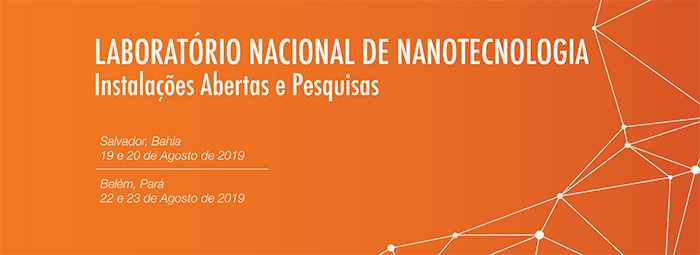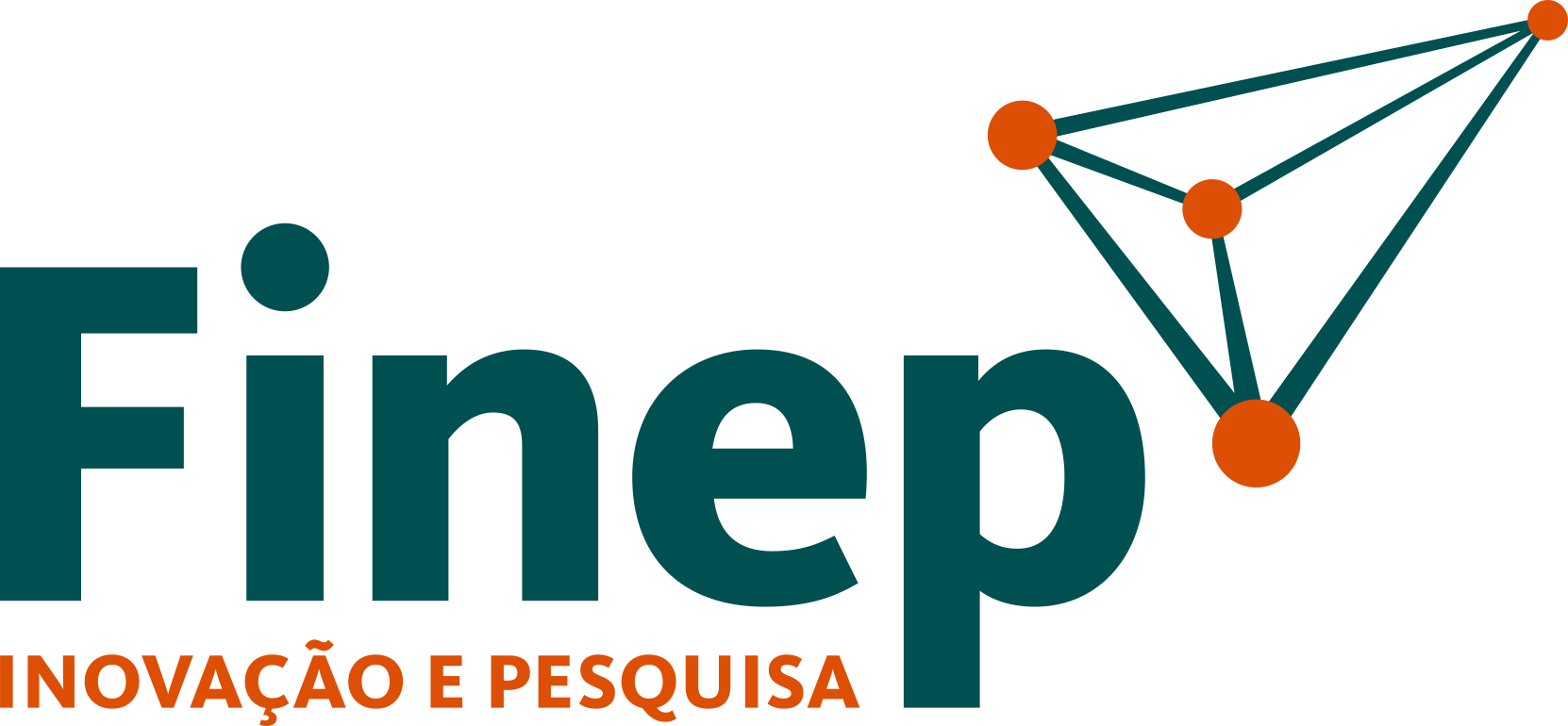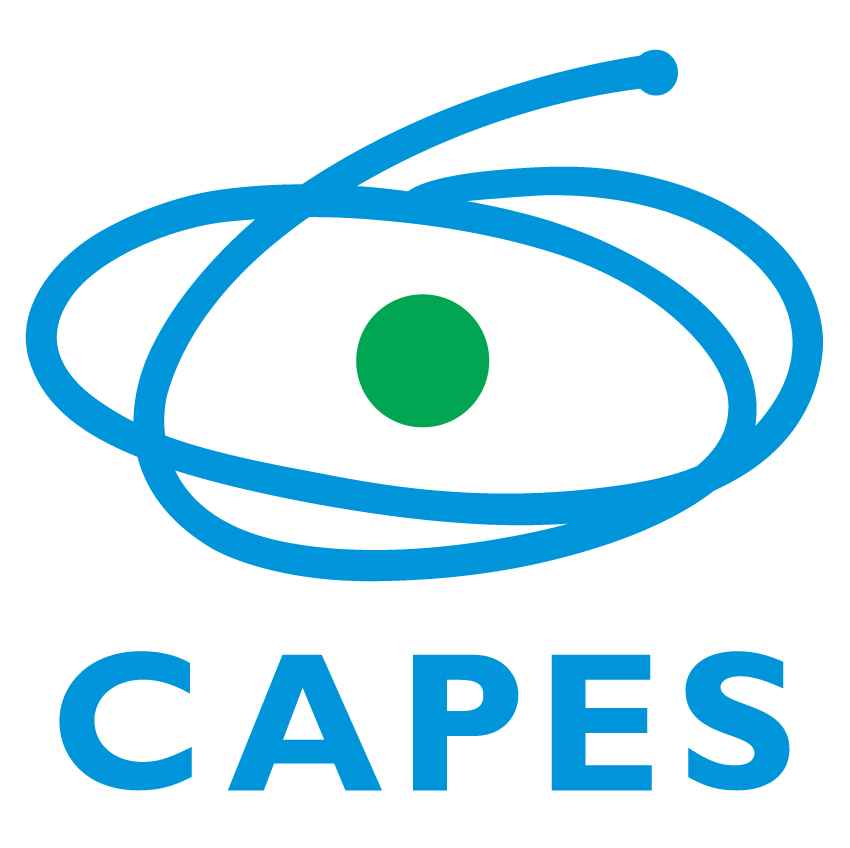LABNANO-AMAZON: Primeiro da Amazônia
- Finalidade: dar suporte à comunidade científica e tecnológica brasileira, visando ampliar a pesquisa e a inovação em Nanociência e Nanotecnologia na Região Norte (Amazônia).
- Laboratório multiusuário com sistemas e serviços abertos à comunidade científica e tecnológica brasileira, em particular da Amazônia.
- Missão: atuar como um dos elementos estratégicos nacionais para o avanço científico, tecnológico e de inovação relacionados as propriedades de materiais em nanoescala.





